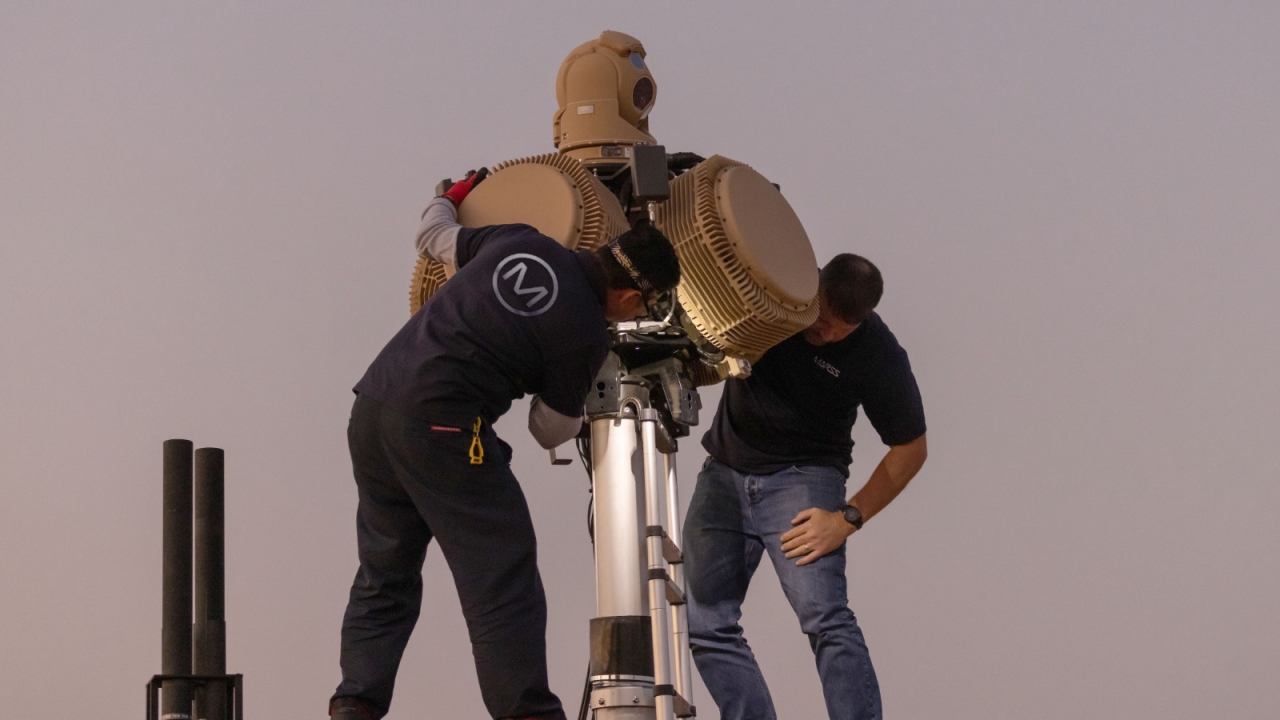F-5 fleet on red alert for aggressor role
Most Middle East countries are beefing up their combat capabilities with new generation fighters as the threat from Russian and Iranian systems is a real concern to them. So, asks Alan Warnes, has the time come for a dedicated aggressor squadron to be set up in the region?

It would appear that the Royal Bahrain Air Force (RBAF) F-5 fleet could make an ideal aggressor squadron solution.
They will need an avionics upgrade and upgrading all 12 aircraft would be the same price as a new F-16 Block 70.
The small supersonic F-5 is renowned as a great ‘red air’ foe and the RBAF ones are the only examples now left operating with the GCC air forces.
All the Royal Saudi Air Force (RSAF) jets were retired several years back, and the bulk of them are now stored on old taxiways at Taif Air Base. Being left in the open in a pretty brutal environment means there would be little hope of getting them airborne again.
Once the RBAF’s 16 Block 70 F-16s start rolling off Lockheed Martin’s new Greenville production line in South Carolina in December 2021, the F-5s are likely to be withdrawn from use. So, setting them up in the aggressor role, serving the needs of the UAE Air Force and Air Defence (UAEAF&AD) and RSAF if required, could even lead to them funding any upgrade work.
The UAE and Saudi Arabia are looking to invest massively into their own air warfare centre and electronic warfare (EW) ranges. But they are not keen to let foreign companies fly in their restricted areas, particularly when it comes to EW training, so working with a friendly neighbour like the RBAF, with the F-5, would be a good option.
Both Europe and the US understand the need for aggressor aircraft, and that’s why the likes of Draken International and ATAC in the US, and Top Aces in Canada, are building up their businesses.
The US Air Force has around 40,000 hours of this ‘red air’ work that is being contracted out. There are more than 60 F-5s flying in the US in the aggressor role, with the likes of the US Marine Corps (11), US Navy (30) and TacAir (which is upgrading 21 ex-Royal Jordan Air Force F-5s with fourth-generation capabilities) in the aggressor role. It’s a proven red air jet.
The RBAF’s fleet of eight F-5Es and four dual-seat F-5Fs have been in service with 6 Squadron, since 1985. While the RBAF has six Hawks, it prefers to use the F-5s to train F-16 pilots as it believes the lightweight supersonic fighter is a better F-16 lead-in fighter trainer than the Hawk.
It means that if any of the Bahrain pilots are trained in the UK, UAE or Saudi Arabia on Hawks, they will spend some time flying the after-burning F-5s. But most of the new F-16 block 70 pilots will train in the US, so that role will be reduced too.
Being highly manoeuvrable and fitted with podded EW systems and adversary missile seekers would be ideal for the red air role.
One source told me: “If you want to fight the likes of the Russians and the Iranians with your new generation fighters and systems, then you need to hone the tactics and the F-5s could be part of a bigger solution for the GCC forces.”
The source went on: “There is an increased need for specialised advanced training where it is no longer blue versus blue, but red on blue. So Saudi and UAE are buying more equipment to simulate and challenge to their systems against Russian air defence systems and fighters.”
The Saudis may have looked at the S-400 air defence system, but the Russians will never sell it because they know the Saudis would share much of the knowledge with the US.
It’s the same with the UAE flirting with the Russians for the Su-35. The Russians know that they only want to learn about the system so they can defeat it. That’s why they have to find alternative solutions. One of them looks to be on their doorstep!
Stay up to date
Subscribe to the free Times Aerospace newsletter and receive the latest content every week. We'll never share your email address.

